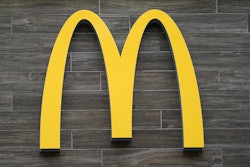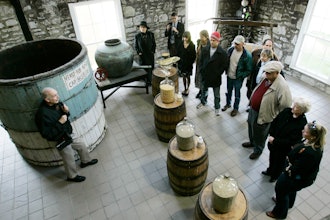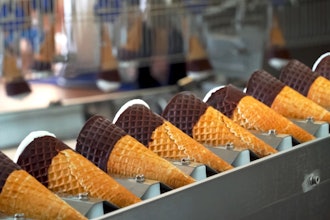Running through his Northern California grape fields, Max Schlienger has what he believes could be the answer to more reliable, energy-efficient freight and passenger transportation.
A former Navy man, engineer and owner of a metallurgy company, Schlienger has built a one-sixth scale train that doesn't rely on a diesel or electric engine. Rather, it’s sort of a hybrid between a pneumatic mail tube and the mag-lev-driven Hyperloop being touted by Elon Musk.
Schlienger’s Flight Rail Corp. has developed the Vectorr system, which would propel trains by placing PVC pipes between the rails and connecting them to an air pump. This pump fills and flushes air in and out of the pipes.
Within the pipe is something Schlienger calls a thrust carriage, which is connected to the train via very powerful magnets. This carriage moves back and forth through the pipe under vacuum power, using the magnets to bring the train with it.
So unlike Musk’s Hyperloop, this approach doesn’t rely on the magnets alone for power, it uses air to propel the passenger or freight car and the magnets to keep the cars on the track. This could offer a more efficient and safer option that doesn’t need to encase passengers and freight in a pressurized tube.
The idea is actually not new. It was first proposed in England and France in the 1820s and was called the "atmospheric railway." The biggest difference is that engineers at that time didn’t have access to the heavy-duty magnets that Flight Rail does.
Schlienger’s train is simply a proof of concept version to help demonstrate the benefits of moving the power source from the train to the track. Using vacuum as a power sources allows for lighterweight cars that can scale grades steeper than conventional trains, which offers greater flexibility. And because the pumps are electric, they could be fueled by renewable energy sources.
According an article on Wired.com, the next step is building a full-size prototype, but that will require a huge investment, and answers to infrastructure questions related to right-of-way issues, environmental concerns and local zoning regulations that even a certain billionaire tech genius hasn’t quite figured out yet.






















